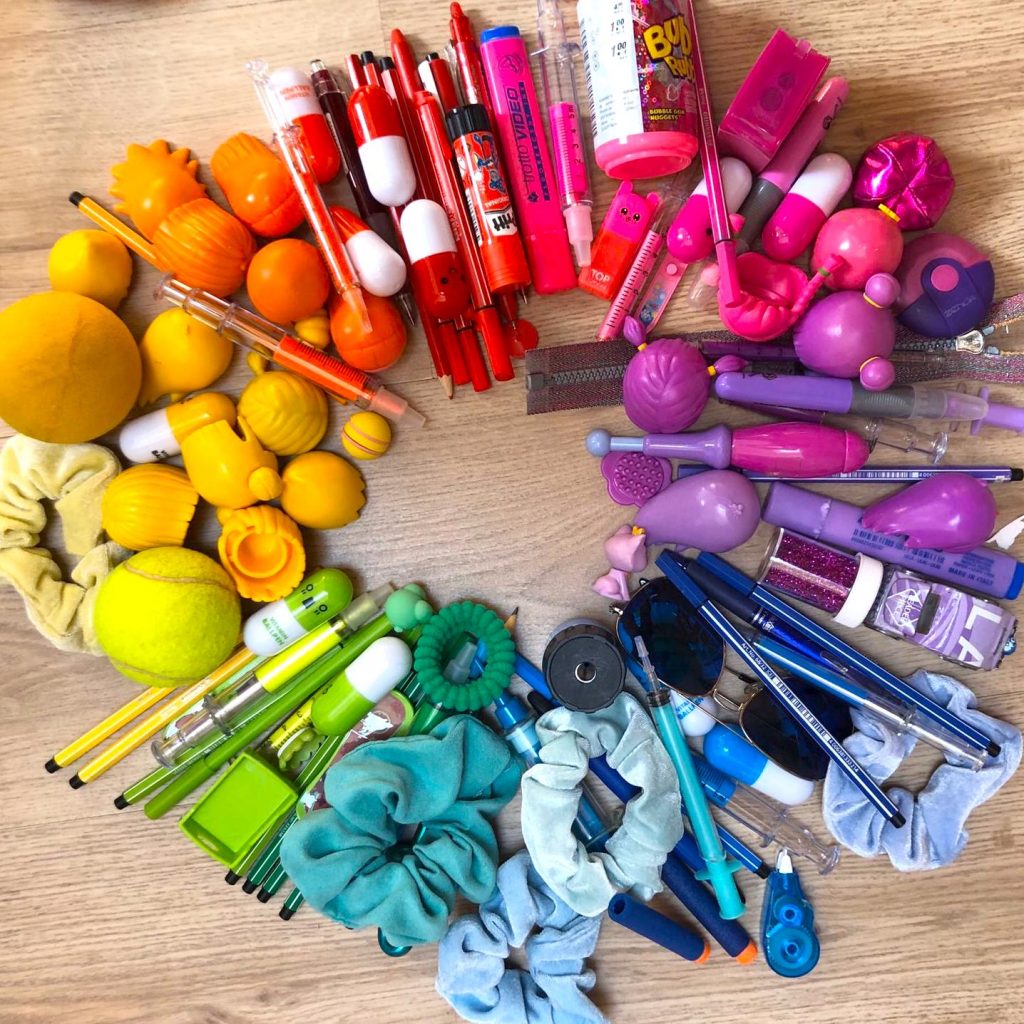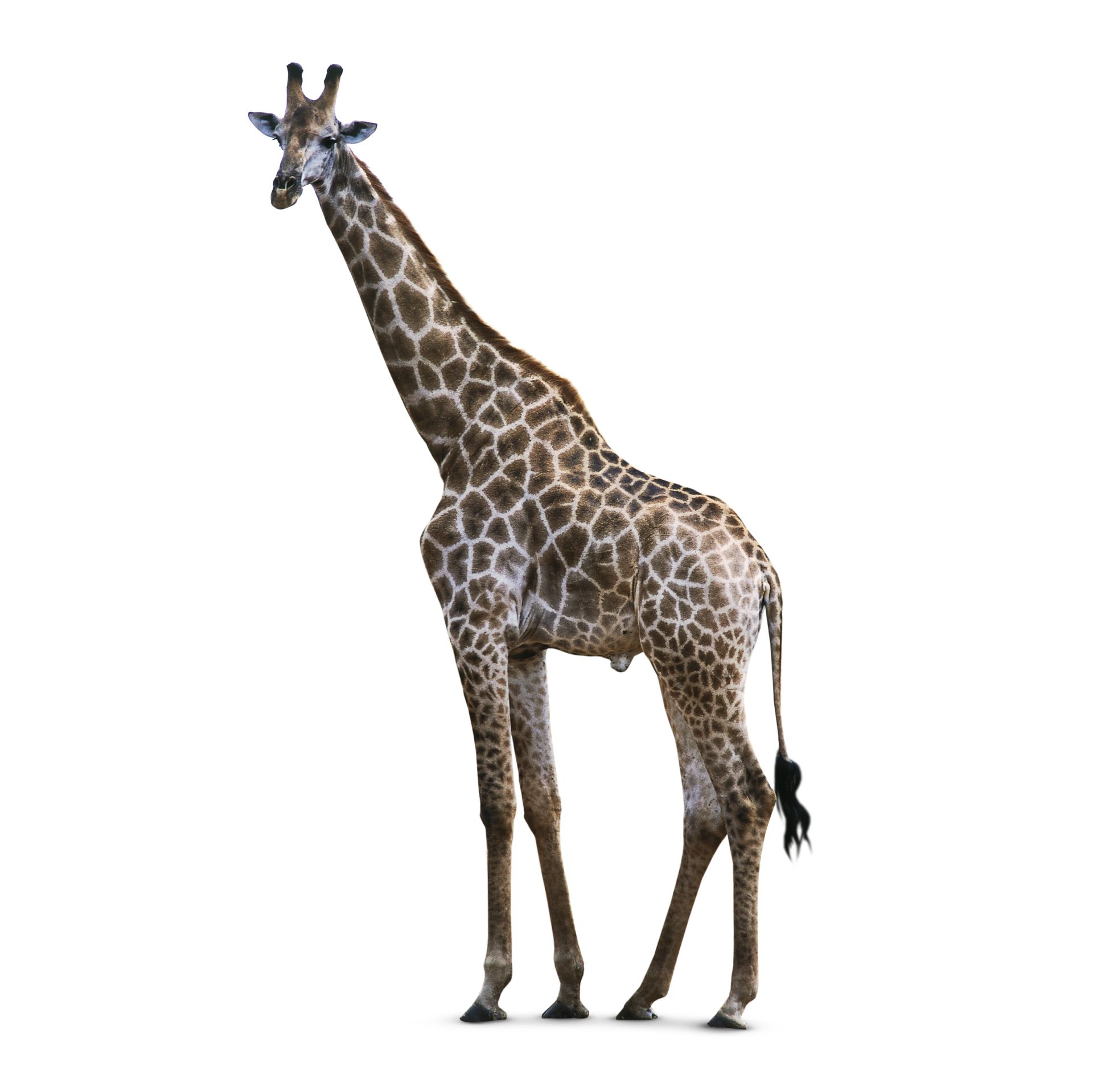
Fun Fact:
Kids and crayons go together.Crayola estimates that the average 10-year-old has used 723 crayons, not counting the ones they ate as toddlers.
In 1993, and again in 2000, Crayola polled users and the most popular color for crayons was blue. Rounding the top ten were red, violet, green, carnation pink, black, turquoise blue, blue green, periwinkle and magenta.
A study by Yale University shows that the familiar "crayon scent" is one of the 20 most recognizable smells in the U.S.
Link to Preschool Private Page CLICK HERE
 2s: The Zoo
2s: The Zoo
1. Story Time
Listen to the story of a child seeking a pet from their zoo. Which animal will be just right for them? Dear Zoo by Rod Campbell
You can encourage your child to guess what animal might be in the box from clues in the picture. For example, the first animal says 'VERY HEAVY' on the box because it's an elephant. The second box is very tall, so it must be a very tall animal - a giraffe.
Ask your child if they could really have any of those animals a pet.
From our website print out the Dear Zoo Matching activity.
Cut apart the cards. Look at the cards with your child. Point out that they are the animals and the crates from the story Dear Zoo.
Put the animal pictures on one side of them and the crate pictures on the other. Encourage them to match each animal with the crate that it came in.
You can also have them arrange all the crates and all the animals in size order - large to small and small to large. Can you find another way to organize them?
 4. Color Hunt
4. Color HuntNow that we've reviewed our colors, let's go on a Color Hunt!
Give your child a copy of the Color Hunt Matching activity from our website.
Tell them you need them to find something from every color. Let them loose in the house. Encourage them to carry the paper with them and then put all their finds into a certain place - like onto a throw rug, on a place mat, etc.
Once they've found examples for everything, have them show and explain to you their finds.
3s: The Zoo
1. Story Time
 Listen to the story of a child seeking a pet from their zoo. Which animal will be just right for them? Dear Zoo by Rod Campbell
Listen to the story of a child seeking a pet from their zoo. Which animal will be just right for them? Dear Zoo by Rod Campbell
You can encourage your child to guess what animal might be in the box from clues in the picture. For example, the first animal says 'VERY HEAVY' on the box because it's an elephant. The second box is very tall, so it must be a very tall animal - a giraffe.
Ask your child if they could really have any of those animals a pet. Why or why not?
2. Jungle Animal Matching
From our website, print out the Jungle Animal Matching activity, on card stock if you have it. Cut them out or have your child cut them out.
Look at the pictures with your child. Encourage your child to name all the animals.
Ask your child what the difference is between the pictures.
Play a game of matching with your child. Start with 3-4 pairs of pictures. Turn them over, mix them up, and lay them out in rows. Let your child turn over a card and then choose another card. If it matches, they get to keep the pair. Now, it's your turn. Keep taking turns until all the matches have been found.
 3. I Spot a Giraffe
3. I Spot a GiraffeLet's learn some more about giraffe's with a video from the Houston Zoo:
All About Giraffes
From the preschool's webpage, print out the Giraffe Spots activity page. You'll also need a handful of Cheerios (or similar cereal) and a die.
Giraffe Facts...
Giraffes can sleep standing up and less than a total of 30 minutes a day!
Giraffes are the tallest animal in the world. They grow between 14-18 feet.
Giraffe spots are primarily for camouflage.
FYI:They also act as a way for the animals to dissipate heat. There is a large blood vessel that goes around each spot with a series of smaller ones underneath the spot. Those small vessels help to release heat to cool the giraffe. (You can just tell your child they're for camouflage and to keep the animal cool on the hot savanna)
Point out the spots on the giraffe to your child.
Have your child roll the die and count the number of dots. Put that number of cereal on the spots of the giraffe. Continue until all the spots are filled. (There are 24 spots in all).
Once the spots are filled, eat the cereal and start again!
 4. Let's Make a Giraffe
4. Let's Make a GiraffeFrom your bag, you'll need the second yellow plate, the yellow oval, yellow ears, sticker eyes, and the 'horns'. You'll also need some glue and a brown crayon, marker or paint.
Have your child draw/paint brown patches on the yellow plate.
On the yellow oval, have them draw two nostrils and a mouth.
Have them attach the ears and the horns to the giraffe. Next, glue on the snout oval. Finally, put the eyes above the snout.
Have them share with a family member one of the facts that they learned about giraffes.
 4s: The Zoo
4s: The Zoo
1. Zoo PalsLet's watch this video of two unusual pals at the zoo: Raina and Ruuxa
What makes them such unexpected friends?
2. Patterns

Understanding patterns help prepare children for learning complex number concepts and mathematical operations. Patterns allow us to see relationships and develop generalizations.
You can make patterns with anything!
From our website, print out the Jungle Animals Patterns.
Have your child cut out the extra pictures from the bottom of the page. Look at each pattern with your child. Have them say the pattern out loud. What picture should come next?
Have your child find the picture and glue it in the box.
Complete each row. Be careful! There are extra or similar pictures included.
3. Beginning Sounds
When we learn a new letter each week, we also learn the sound that it makes. Some letters can be tricky.

From the website, print out the Zoo Animals Beginning Sounds activity.
Look at each picture with your child and have them say the animal's name out loud. Have them say it a few times, emphasizing the first sound they make. I tried not to include any tricky sounds like /c/ vs. /k/. Remember, it's the sound we're looking for, not spelling!
Have your child color in the correct letter sound for each animal.
4. Rhyming Words
Here's another literacy activity that it helps if you say the words out loud. That helps your child actually hear the sounds, as opposed to saying it in our heads.
 From the preschool's website, print out the Rhyming Words Matching Game.
From the preschool's website, print out the Rhyming Words Matching Game.Cut out, or have your child cut out, the blue and orange cards. Place the blue cards in one pile and the orange cards in another.
There are 24 pairs in total; you can start with a smaller amount, maybe 8-10 pairs at a time. Don't feel like you need to do them all at once.
Have your child choose a blue card and say the word out loud. Now have them say the words for each of the orange cards out loud until they find the one that rhymes.
Continue until you have used all the cards.
You can also make a Concentration game with the cards, taking turns turning them over to find a pair.
5. Addition
From our website, print out the Raindrop Numbers activity.
 In each block, there is a rainbow with raindrops falling from the clouds.
In each block, there is a rainbow with raindrops falling from the clouds.Have your child look at the raindrops and count them. Start with the cloud on the left and move toward the right. How many raindrops are there all together?
Look at the two numerals - which one is the correct answer? Circle that number.
Your child can color the pictures afterward.

No comments:
Post a Comment